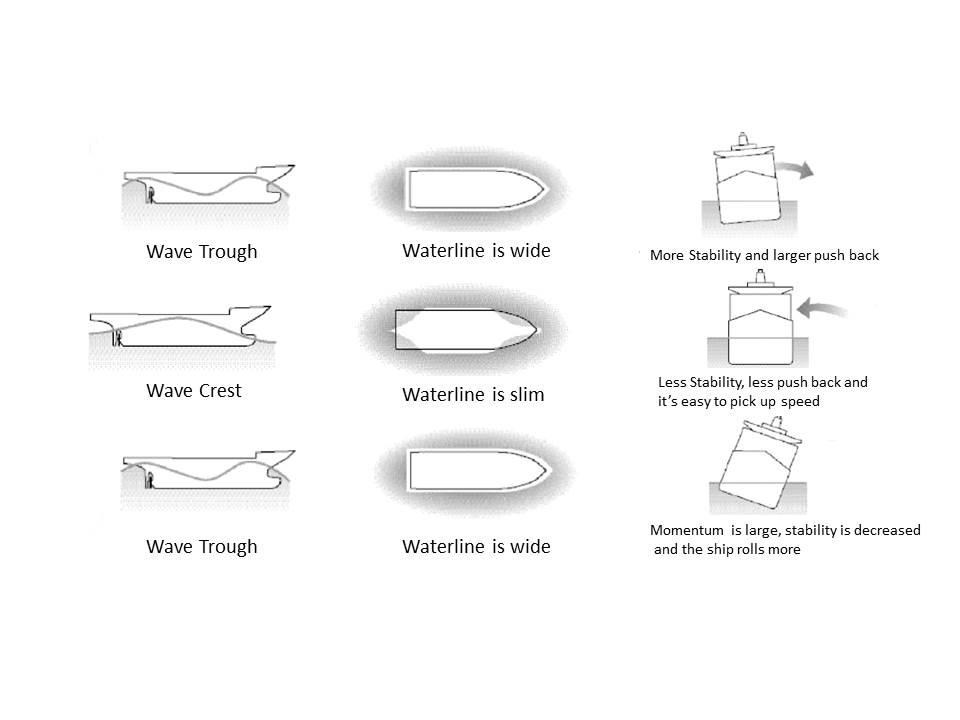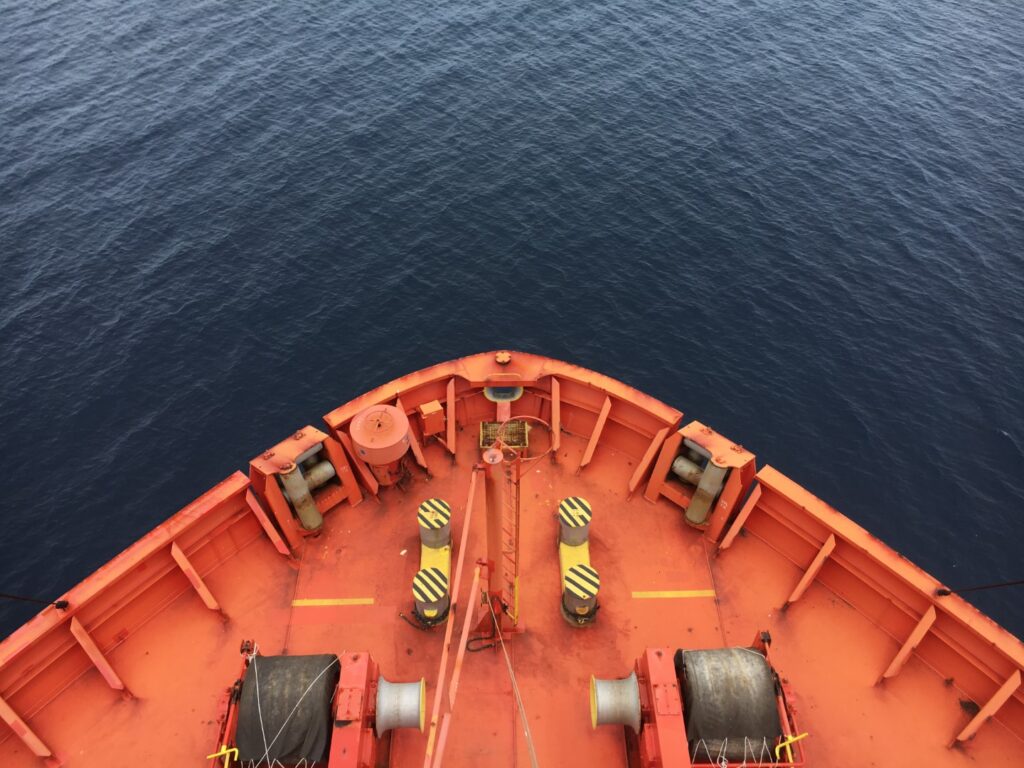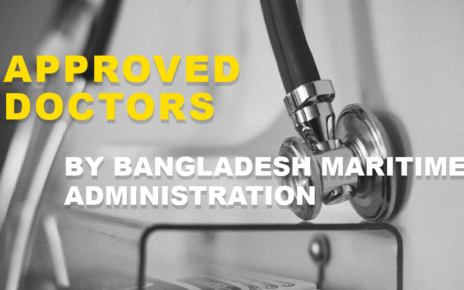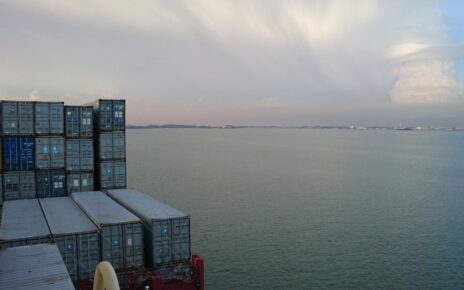Parametric rolling in container ships is a phenomenon that can cause extreme and dangerous roll motions in head or stern seas. It occurs when the natural roll frequency of the ship coincides with the frequency of wave-induced changes in stability, resulting in a resonance effect that amplifies the roll angle. Parametric rolling is more likely to affect ships that have a large bow flare and a wide and flat stern, such as modern container ships, because these features increase the sensitivity of stability to wave encounter angle and wave height.
parametric rolling-Everything that you need to know
In this blog post, we will discuss what causes parametric rolling, what are its effects on container ships and their cargo, and how to prevent or mitigate it. We will also review some case studies of parametric rolling incidents that have occurred in recent years.
Causes of parametric rolling
Parametric rolling is caused by a combination of factors that include:
– The ship’s geometry and design, especially the shape of the bow and stern sections
– The ship’s loading condition and metacentric height (GM)
– The sea state, especially the wave height, period, direction and steepness
– The ship’s speed and heading relative to the waves
The main mechanism behind parametric rolling is that when a ship pitches in head or stern seas, its waterplane area changes periodically as it encounters wave crests and troughs. This causes periodic changes in buoyancy forces and righting moments, which affect the ship’s stability. When these changes occur at twice the natural roll frequency of the ship (or half the natural pitch frequency), they can excite a resonance phenomenon that leads to large roll oscillations.
The following diagram illustrates how parametric rolling can occur:

As shown above, when a ship with a large bow flare pitches up at a wave crest (1), its waterplane area increases at the bow and decreases at the stern, resulting in an increase in stability (GM). When it pitches down at a wave trough (2), its waterplane area decreases at the bow and increases at the stern, resulting in a decrease in stability (GM). These variations in stability create an oscillating restoring moment that acts on the ship’s roll motion. If this restoring moment matches or exceeds the damping moment that opposes roll motion, then parametric rolling can be initiated.
Effects of parametric rolling
Parametric rolling can have serious consequences for container ships and their cargo. Some of these effects are:
– Structural damage to hull girder, deck fittings, hatch covers, lashing equipment etc.
– Loss or damage of containers due to excessive accelerations or failure of securing systems
– Injury or discomfort to crew members due to violent motions
– Reduced maneuverability and controllability due to large rudder angles required to counteract roll motion
– Increased fuel consumption due to increased resistance from hull deformation
– Increased risk of capsizing if roll angle exceeds critical value

Prevention and mitigation of parametric rolling
Parametric rolling can be prevented or mitigated by adopting some measures during design or operation stages. Some of these measures are:
Design stage:
– Optimizing hull form to reduce sensitivity of stability to wave encounter angle and wave height
– Increasing roll damping by installing bilge keels or anti-roll tanks
– Increasing pitch damping by installing bulbous bow or passive fins
– Increasing GM by reducing freeboard or increasing ballast weight
– Improving container securing systems by using stronger lashing rods or twist locks.
Operation stage:
– Avoiding head or stern seas by changing course or speed when encountering severe sea conditions
– Reducing speed to reduce pitching motion and wave-induced forces
– Increasing GM by adjusting ballast tanks or shifting cargo weight
– Activating active stabilizers such as rudder roll stabilization system (RRSS) or fin stabilizers if available
– Monitoring roll motion closely using inclinometers or accelerometers
Case studies
There have been several reported cases of parametric rolling incidents involving container ships in recent years. Some examples are:
MSC Zoe: On January 2nd, 2023, MSC Zoe lost about 270 containers overboard while sailing from Sines, Portugal, to Bremerhaven, Germany, in heavy weather conditions. The investigation revealed that parametric rolling was one of
the contributing factors for this incident. The ship experienced several episodes of severe roll motions up to 25 degrees while sailing close-hauled into head seas with significant wave heights between 5.5 m and 10 m. The combination of high speed, low GM, large bow flare, flat afterbody, and unfavorable sea state created favorable conditions for such effect.


